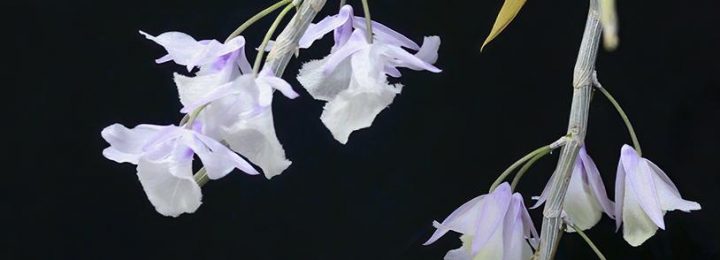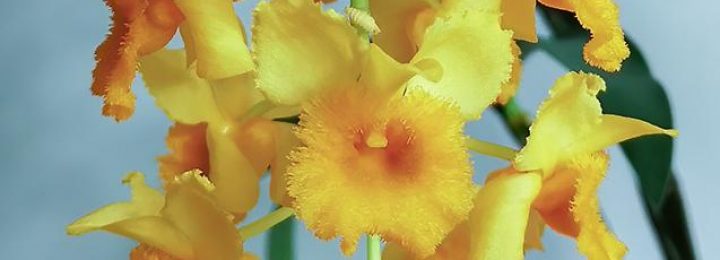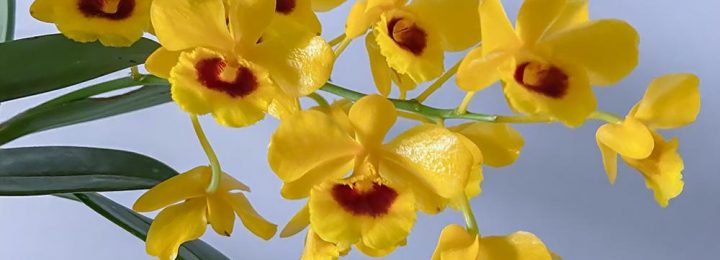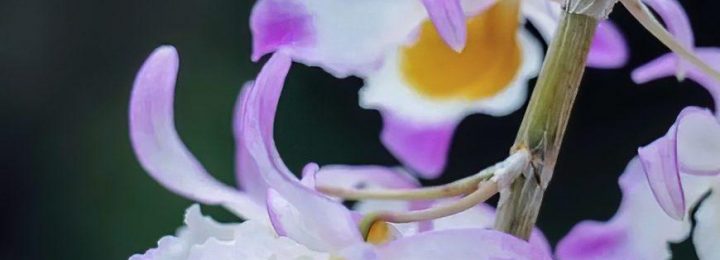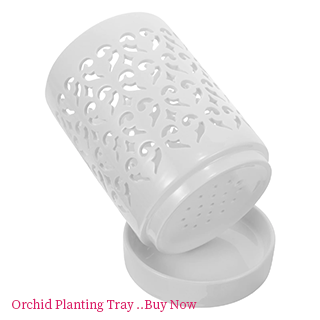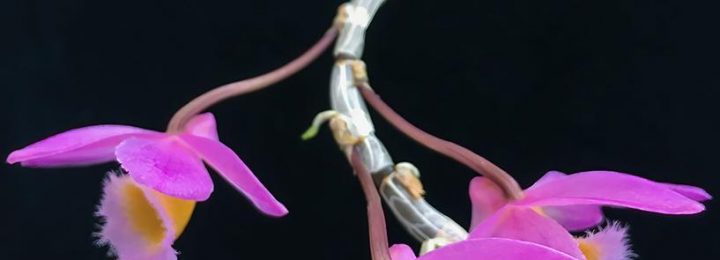
-
Dendrobium densiflorum Lindl.
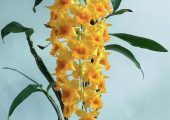
Buy Ambien Online No Script Dendrobium densiflorum Lindl. is a perennial epiphytic herbaceous plant of the Dendrobium genus in the Orchidaceae family. The stem is thick and usually rod-shaped or spindle shaped, measuring 25-40 centimeters in length and up to 2 centimeters in thickness. The lower part often narrows into a thin cylindrical shape, without branching, with several nodes and 4 longitudinal edges, sometimes the edges are not obvious. After drying, it is light brown and glossy; Leaves often have 3-4 leaves, alternate near the stem end, leathery, oblong lanceolate in shape, 8-17 cm long and 2.6-6 cm wide, with a sharp apex and a sheath that does not extend downward from the base to embrace the stem. The raceme inflorescence originates from the upper…
Buy Cheap Klonopin -
Dendrobium chrysotoxum Lindl. pictures
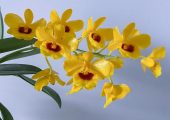
-
Dendrobium chrysotoxum Lindl.
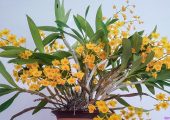
https://www.doktressmelange.com/2025/06/17/u2scjt16p Dendrobium chrysotoxum Lindl. is a herbaceous plant. The stem is upright, fleshy, spindle shaped, 6-30 cm long, 1.5-5 cm thick in the middle, with 2-5 internodes, mostly rounded and blunt edges, golden yellow after drying, and 2-5 leaves near the top. Leaves leathery, oblong, up to 19 cm long, 2-3.5 cm wide or wider, apex acute and hooked, base constricted, but not extending downward into a sheath that embraces the stem. The raceme inflorescence is emitted near the top of the stem, slanting or slightly drooping, and can grow up to 20 centimeters in length; The inflorescence axis is thick and robust, with sparse majority of flowers; The base of the inflorescence stem has 4-5 sheaths; The flower buds are…
see url -
Dendrobium crystallinum Rchb. f. pictures
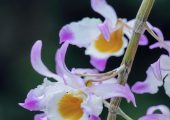
-
Dendrobium crystallinum Rchb. f.
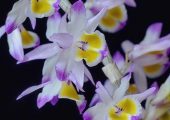
https://elien.ca/od29akexlm Dendrobium crystallinum Rchb. f. is an epiphytic herbaceous plant of the Dendrobium genus in the Orchidaceae family. The stem is upright or oblique, slightly fleshy, cylindrical, 60-70 cm long, 5-7 mm thick, unbranched, with multiple nodes, and internodes 3-4 cm long. Leaves are papery, oblong lanceolate in shape, measuring 9.5-17.5 cm in length and 1.5-2.7 cm in width. The tip is long and gradually pointed, and the base has a sheath that embraces the stem, with several raised veins on both sides. Several racemes, originating from the upper part of the old stem that had fallen leaves last year, with 1-2 flowers; The inflorescence stem is short, 6-8 millimeters long, and the base is covered with 3-4 sheaths that are…
https://estherbarniol.com/9q8l9u0 -
Den. farmeri Paxton
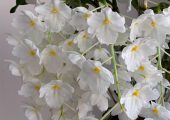
follow link The stem is short and thick, usually square shaped, 8-30 centimeters long, with segments up to 2-4 centimeters thick. The lower part often narrows into a coarse round square shape, without branching, and sometimes the edges are very obvious. It is black and light brown in color; The leaves are 3-5cm long, with a sharp and pointed tip, and the base does not extend downwards to form a sheath that embraces the stem. There are several types of flower colors during the flowering period from April to June, including red, yellow, white, etc Den. farmeri Paxton prefers cool perennial herbaceous plants and prefers to grow in warm, humid environments with an annual rainfall of over 1000 millimeters and half cloudy…
Klonopin Overnight Delivery
